15 Myths About Online Learning Debunked with Research and Real Data
Think you know online learning? Discover the facts as we debunk myths about online learning with real research and data-backed insights.
Think you know online learning? Discover the facts as we debunk myths about online learning with real research and data-backed insights.

Thinking about diving into online learning but feeling a little unsure? You’re not alone. Plenty of myths about online learning still float around, from doubts about course quality to worries over staying motivated.
Yet, modern digital learning can be just as rich, personal, and rewarding as traditional classrooms, often with extra perks like flexible schedules, lower costs, and global access.
Online learning comes with challenges, but it’s still one of the smartest ways to build skills and share knowledge. Still, old misconceptions can hold people back from giving it a fair chance.
Let’s break down the most common myths about online learning and uncover what truly makes this approach powerful for both learners and creators.
Without further ado, let’s clear up the biggest misconceptions about different types of online learning so you can see what modern digital education really looks like.
Online degrees hold the same weight as traditional ones when they come from accredited schools. Employers focus on skills, knowledge, and results, not whether classes happened in a lecture hall or on a laptop.
Many respected universities now offer online programs that mirror in-person versions in both content and quality.

Online courses go through the same academic standards as campus-based ones. In many cases, instructors teaching online also lead in-person classes. Lessons include multimedia tools, discussions, and interactive projects that match and sometimes exceed traditional classroom experiences.
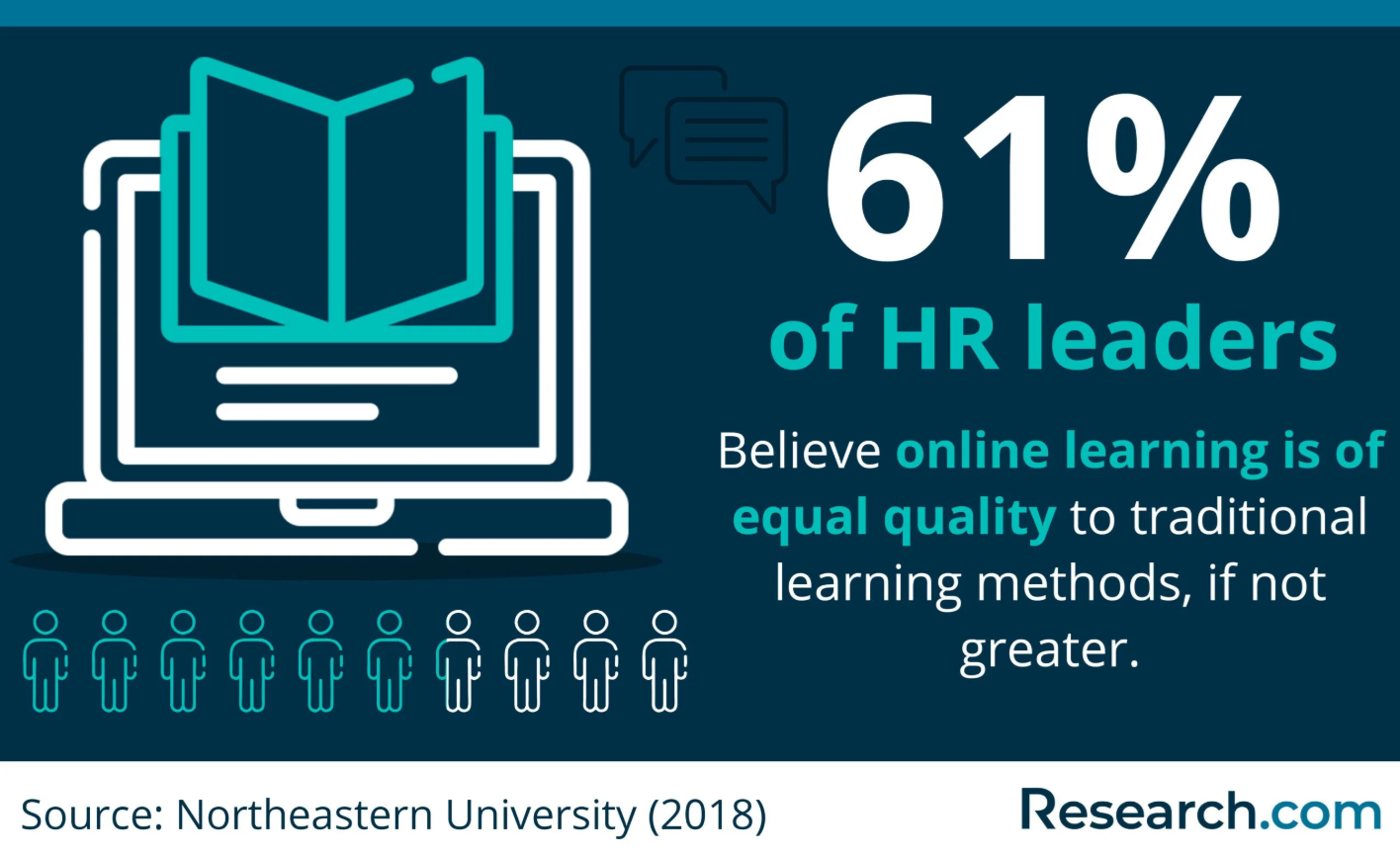
NOTE: Platforms such as Coursebox AI help creators design structured lessons, organize media, and deliver polished courses that rival traditional classrooms.
This might be the biggest myth of all. Success in online learning takes discipline, time management, and motivation. Course requirements, assignments, and exams match those of in-person programs. You still need to read, write, research, and engage, just with more flexibility.
Online learning stretches far beyond slideshows. Today’s courses include video lectures, group projects, live sessions, interactive quizzes, and collaborative forums. Many programs even use virtual labs or digital studios for hands-on work.
Pro Tip: LMS platforms for higher education make it simple for educators to add video lessons, quizzes, and interactive elements that turn passive slides into real learning journeys.
Digital classrooms build strong communities. Students chat in forums, join live group sessions, and connect through social channels or study groups. Instructors also encourage teamwork through peer projects, mentorships, and open communication. Many learners build friendships that last long after graduation.
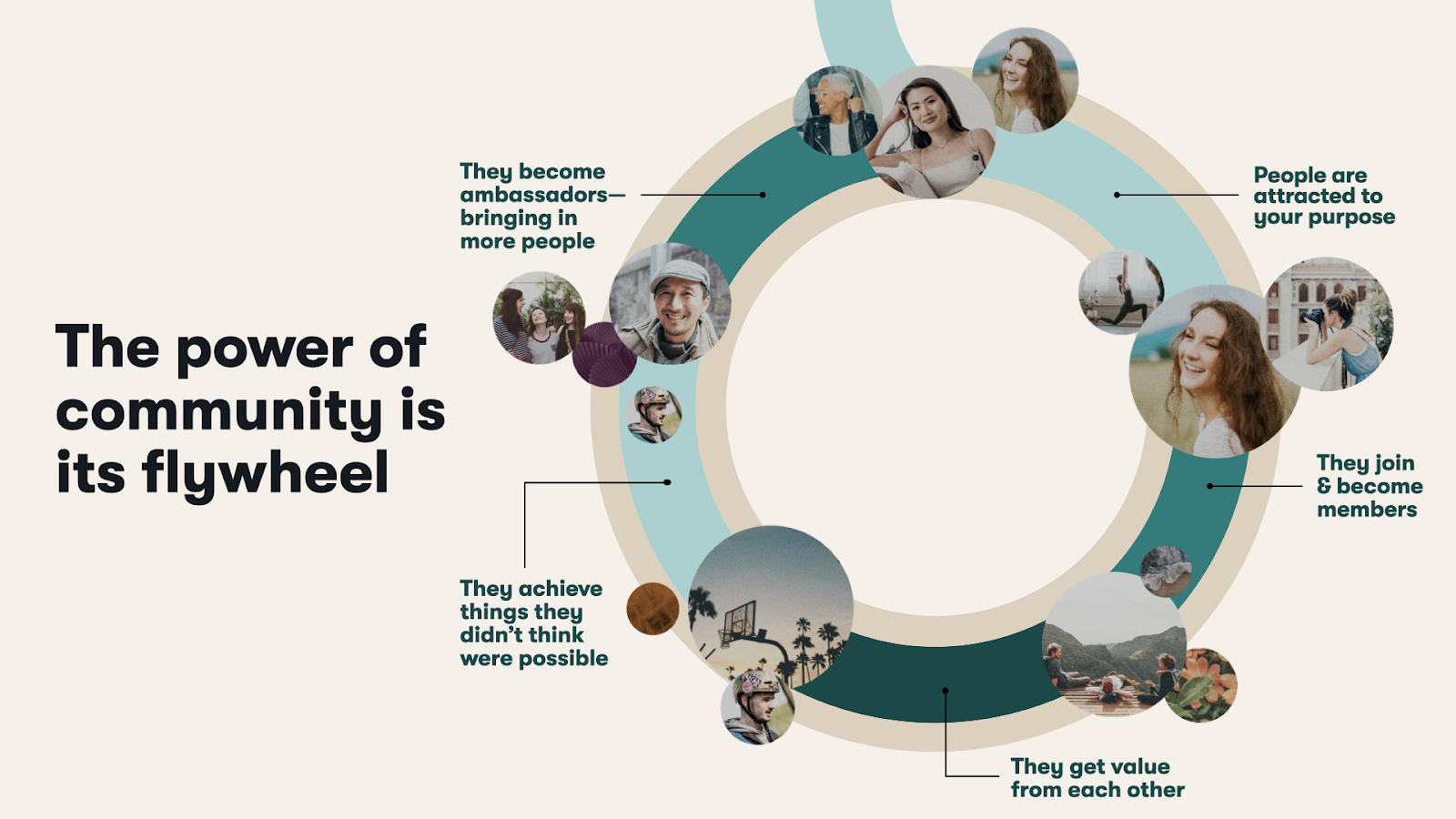
Online learning platforms often provide wide support networks. Students can reach advisors, tutors, or tech help within minutes. Many schools also include dedicated success coaches, career guidance, and mental health resources. The support might look different than walking into an office, but help is always within reach.
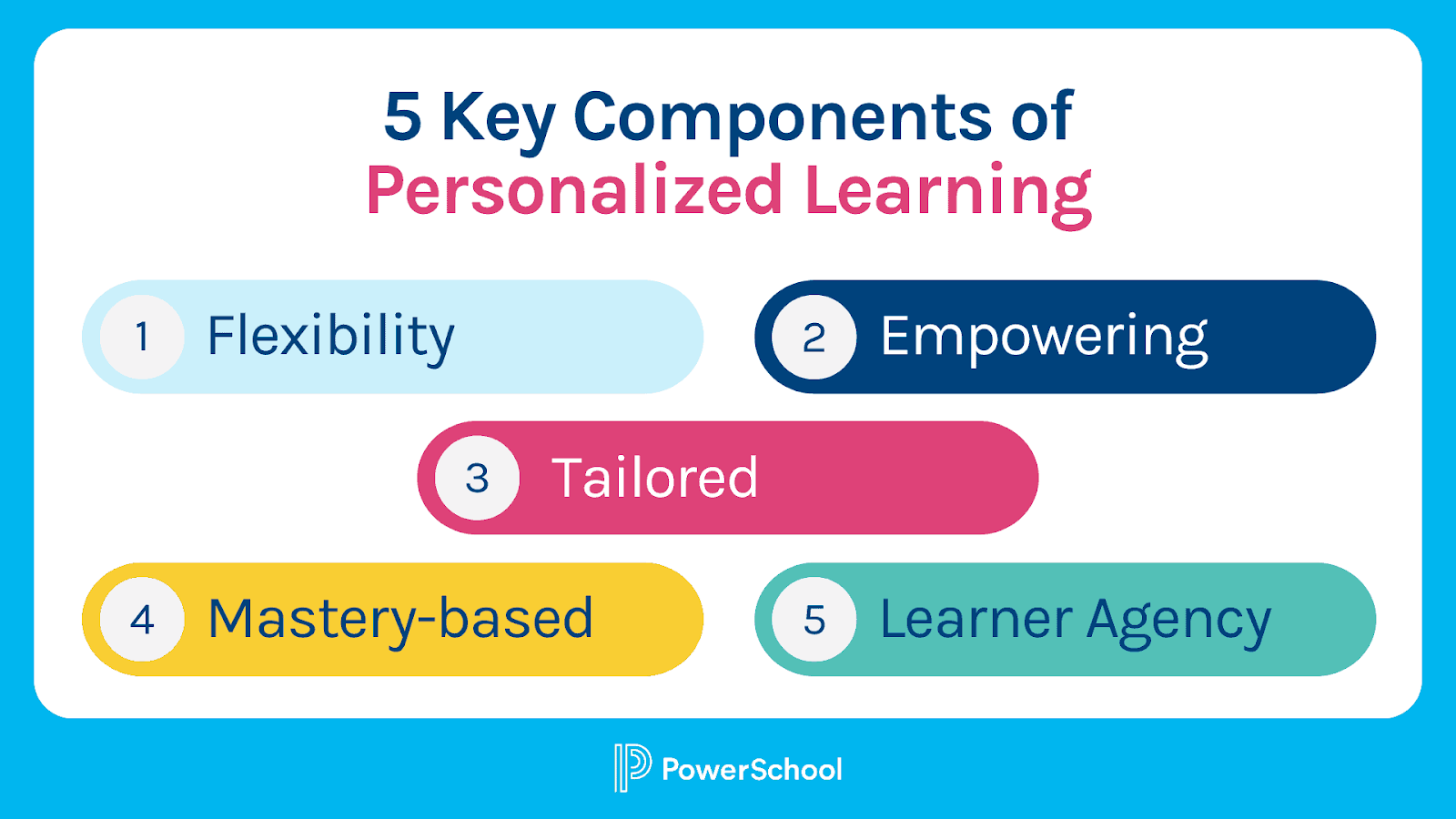
NOTE: Personalized learning platforms include smart guidance and instant help options so learners never feel lost, even outside traditional office hours.
Modern online programs encourage constant communication. Instructors hold virtual office hours, host live Q&A sessions, and respond quickly through chat or discussion boards. One-on-one feedback and personalized guidance remain at the heart of every strong learning experience, whether face-to-face or online.
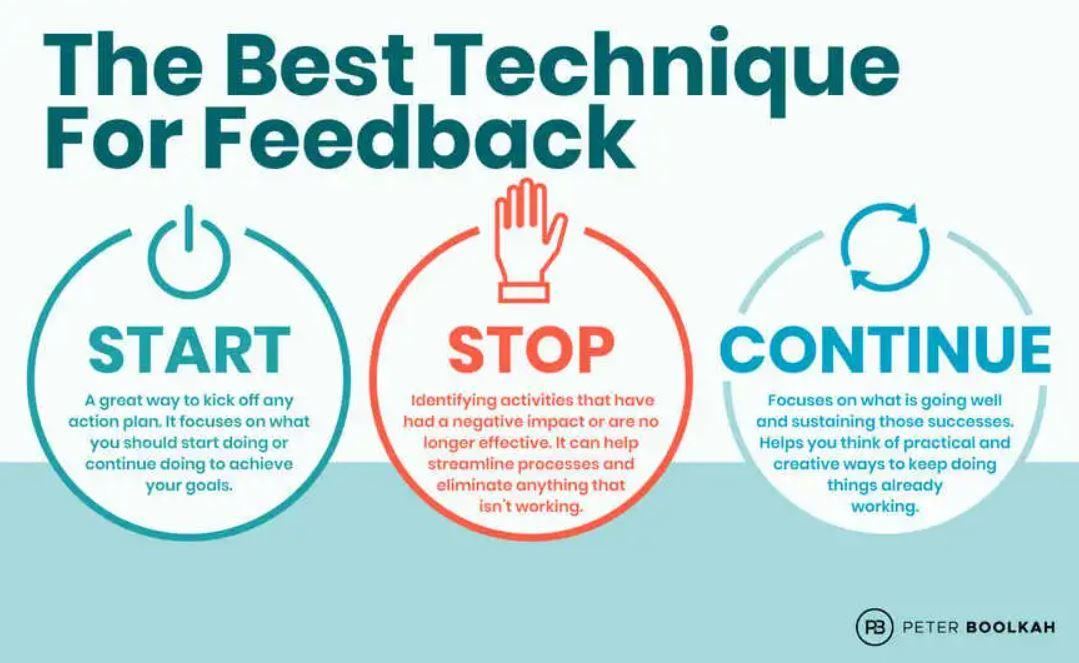
Online learning spaces come with digital libraries, databases, and learning hubs packed with books, journals, and research tools. Many of these collections surpass physical libraries in scope and access. With just a few clicks, students can find everything they need to complete assignments and projects.
Expert Tip: With systems like Coursebox AI, educators can centralize resources, making it easier for learners to find everything they need without the overwhelm of endless searching.
Collaboration sits at the core of online learning. Discussion boards, peer reviews, and group projects create a sense of community. Many students say these experiences improve soft skills such as communication and teamwork, both valuable in modern workplaces.

Every learning format faces academic integrity challenges, but online courses use strict systems to prevent cheating. Many use plagiarism detection tools, timed exams, or alternative assessments like projects and presentations. Integrity matters in every environment, and online education keeps that standard high.

Modern online courses follow structured timelines, just like on-campus classes. Most run for a set number of weeks with specific deadlines for projects and exams. This structure helps students stay focused and consistent while still offering flexibility for busy schedules.
Basic computer skills go a long way. Most online learning platforms have a user-friendly interface and include tutorials, walkthroughs, and quick-access support. If you can browse the web, send emails, and stream a video, you already have the skills to succeed.
Online learning might feel independent, but it’s far from isolated. Instructors, classmates, and student success teams create a strong sense of connection through discussion boards, live sessions, and group challenges. The best programs blend self-paced study with community interaction.

Reputable online schools hold the same accreditations as traditional ones, making credit transfer straightforward. Students can often move completed credits to new programs or degree paths with ease, especially when both institutions meet recognized academic standards.
Success in online learning doesn’t depend on age, background, or location. It depends on the mindset. Learners who manage their time, stay curious, and engage with the material thrive online. In many ways, digital learning fits modern lifestyles better than traditional classrooms ever could.
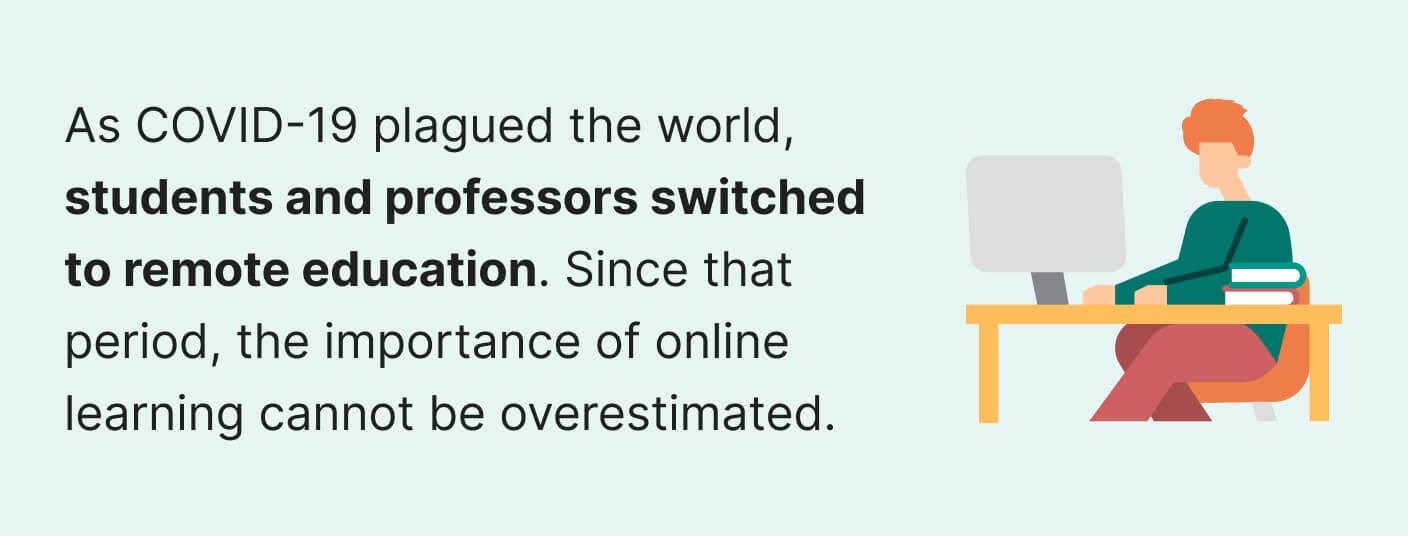
A common concern is that artificial intelligence might make instructors obsolete. In truth, AI enhances learning and is one of today’s most powerful trends. Rather than replacing educators, it empowers them. So, rest assured, AI won’t steal your job anytime soon.
In fact, tools like Coursebox AI help instructors save time by automating admin tasks, personalizing lessons, and improving course structure. This gives teachers more freedom to do what they do best: mentor, guide, and connect with their students.

Online education has both pros and cons. The myths we’ve covered show how much it has evolved, from doubts about quality or support to programs that are flexible, credible, and full of connection. The truth is, online learning opens doors and gives learners freedom to grow their own way.
Try Coursebox AI for free today! Create a course, design content fast, and see how AI can make learning smarter and more human.
Online learning is now one of the fastest-growing trends in education. Here’s our list of interesting facts about digital learning:
The biggest challenge for many online learners is staying disciplined and managing time effectively. Without in-person reminders or class bells, it’s easy to fall behind. The good news is that structured online programs and interactive tools now make it easier to stay on track and connected.
Yes, several studies show that around 70% of students find online learning as effective or even better than face-to-face learning. Many appreciate the flexibility, comfort, and ability to revisit recorded lessons anytime, which helps them learn at their own pace.
The main drawback of online learning is the potential for less face-to-face interaction. However, most modern platforms offer video calls, discussion boards, and group projects to keep students engaged and connected with peers and instructors.
It depends on your learning style and goals. Online learning provides flexibility and access to global education opportunities, while face-to-face classes offer in-person engagement. For many, a blend of both methods or using platforms like Coursebox AI to create interactive online lessons, gives the best of both worlds.
Get started for free today.
